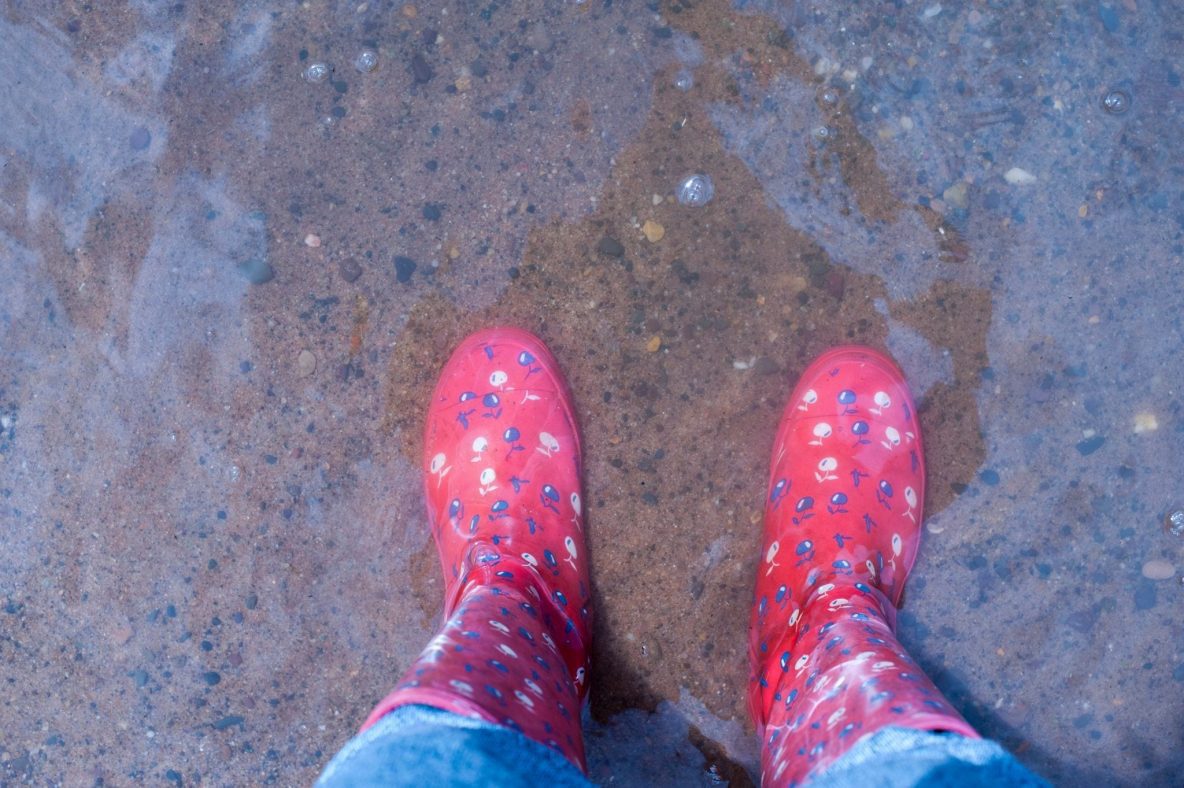How to Prevent a Sewage Backup with a Sewer Line Backflow Preventer

What Can Cause a Sewer Backup
A sewer can get backed up for a variety of reasons, including blockages caused by grease, oil, and other foreign objects that accumulate in the pipes, as well as tree roots that grow into the pipes and cause them to become clogged.
There are three common ways a sewer can get plugged.
- Tree Roots. As trees grow, the roots thicken and spread throughout the property looking for water and nourishment. If there is a small leak in one of the sewer pipes, the roots will seek out the water and effluence coming from the leak and grow into the pipe. Eventually, a blockage will develop and cause the sewer to backflow into a house or building. Certain species of trees with large root structures such as sycamore, willow, oak, maple, aspen, elm, and birch are known to cause more blockages than other types of trees,
- Deteriorated Sewer Pipes. Old cast iron and clay pipes deteriorate over time and can crack and become brittle. As the ground shifts around the pipe due to human activity or seasonal temperature changes, the pipes can collapse and become blocked. Galvanized steel pipes may clog up due to rust building up in them.
- Heavy Moisture. Strong rains and snow melt can overwhelm a municipal sewer system or septic system and cause it to back up and flow backward in homes and businesses. A sign this may be happening at your home or business is when dirty water backs up into the sink, toilet, and floor drains.
Damages a Sewage Backup Can Cause to Your Home
Sewage backing up in a home or business often brings all sorts of viruses and bacteria in with it that can cause illness to the occupants. The sewage can get all over carpeting, walls, furniture, and appliances, and it needs to be carefully cleaned up and removed. In some cases, when the amount of sewage backing up is great, many of these items can’t be cleaned and sanitized properly and will have to be removed and thrown into the trash. In addition, there will be water and mold issues that will have to be addressed to get things back to normal.
What Is a Backwater Valve?
A backwater valve is a device that is installed on a sewer line so the water and sewage can only flow one way. Backwater valves are also called backflow and sewer backup valves, and some municipalities in Indiana require them to be installed on the sanitary sewer lines for new and existing homes.
How to Prevent Sewage Backup With a Backflow Valve
As the water and sewage flow from the home or business toward the septic tank or municipal sewage line, a flap opens to allow the effluence to flow freely in one direction. However, if the water gets forced back into the line, the flap will close and prevent the water from traveling all the way up the sewage pipes into your home.
How to Choose the Right Backwater Valve
There are six basic types of backwater valves homeowners and businesses can choose to install on a sewer line.
- Horizontal. These valves are installed along the horizontal length of the sewer pipe. The valves have a flap that automatically opens and closes depending on the flow of effluence.
- Horizontal/Manual Gate Valves. These valves combine the automatic flap operation with a manual gate system that you can physically open and close to prevent the backflow of sewage.
- Terminal Valves. These valves are placed at the point of discharge on a horizontal pipe to prevent backflow.
- Floor Drain/Backwater Valve. The check valve is placed in the floor drain on the basement floor to prevent sewage from entering it.
- Vertical Valve. These are specialized backflow preventers for installation on vertical pipes such as those on plumbing fixtures like holding tanks and P-traps on sinks.
- Normally Open Backwater Valve. This valve allows the passage of air through it to lower the pressure in the pipes. It stays open when the pipes are not in use.
Our experienced and trained team at Greenwell can answer all your questions and help you choose the right type of sewer backflow preventer that will work best for your specific circumstances. Call us today!

